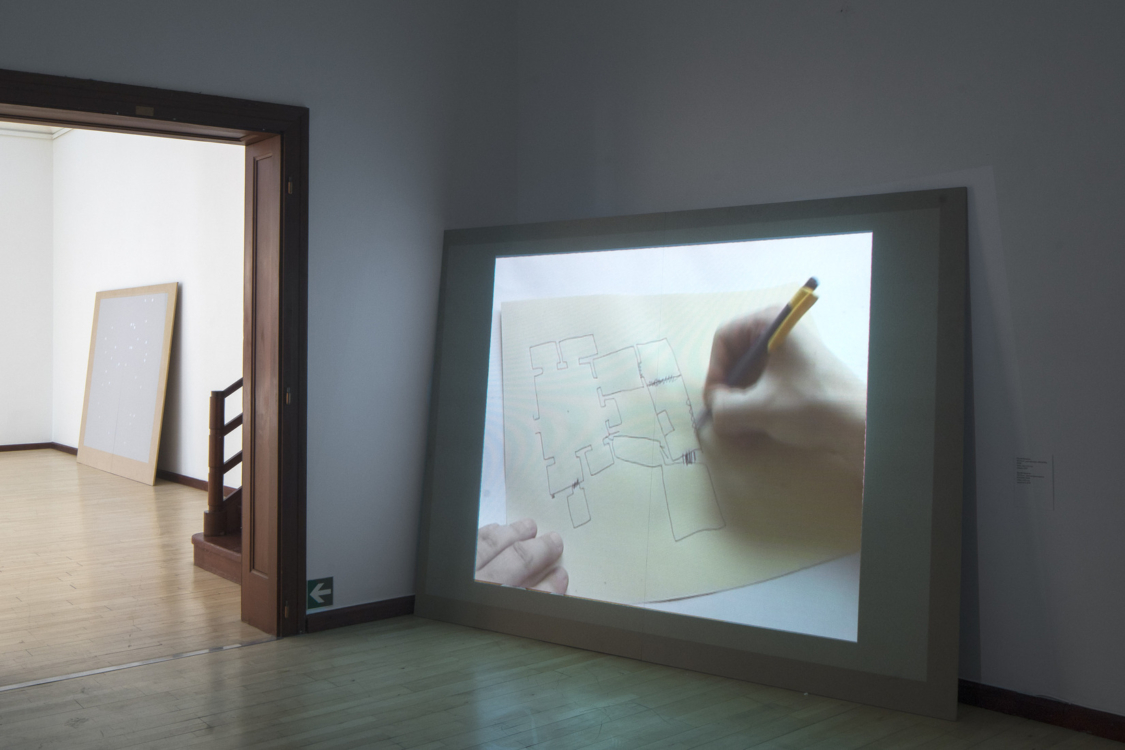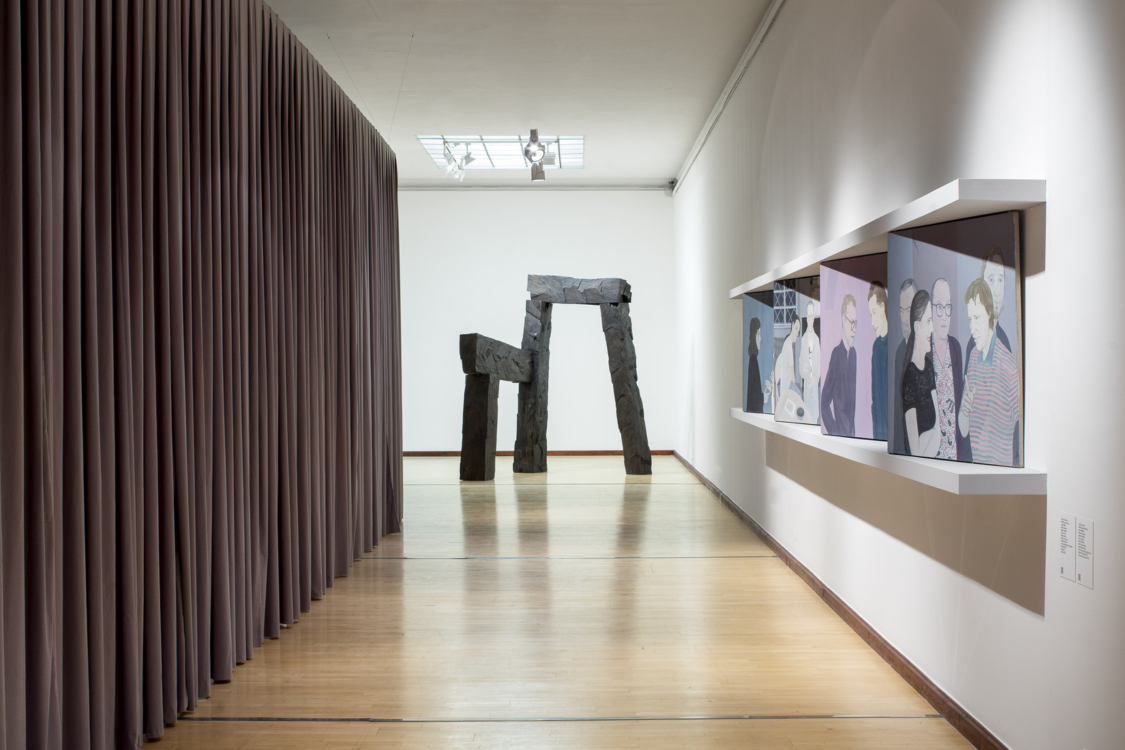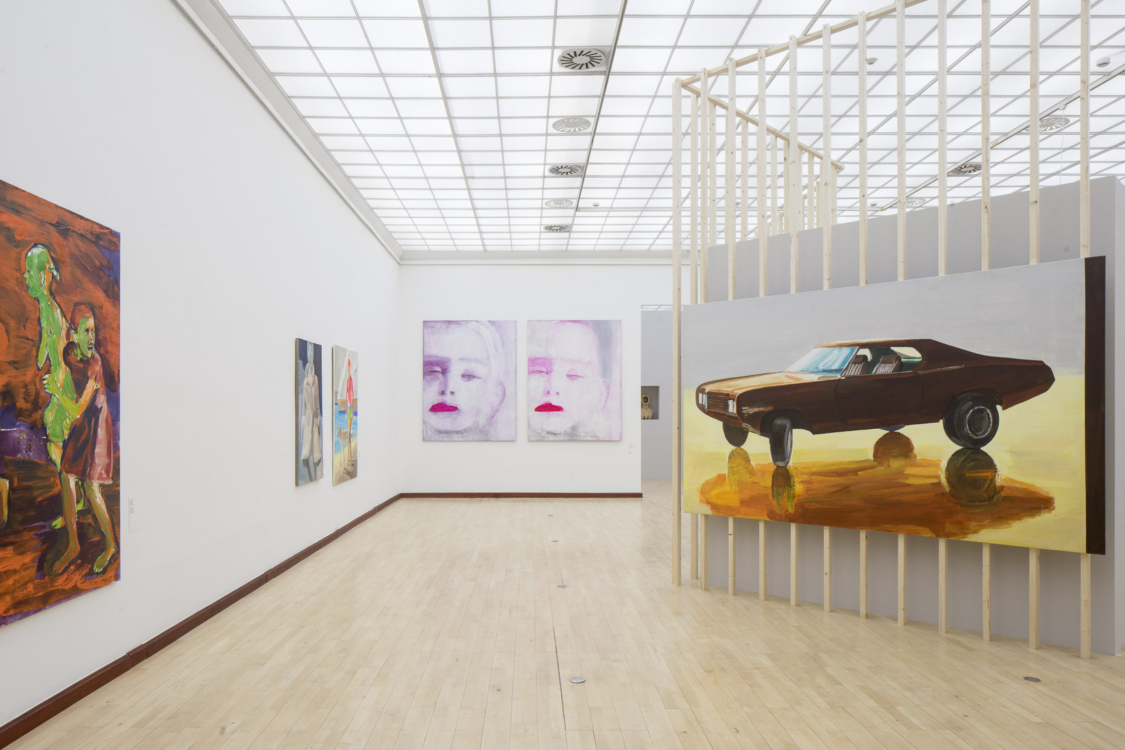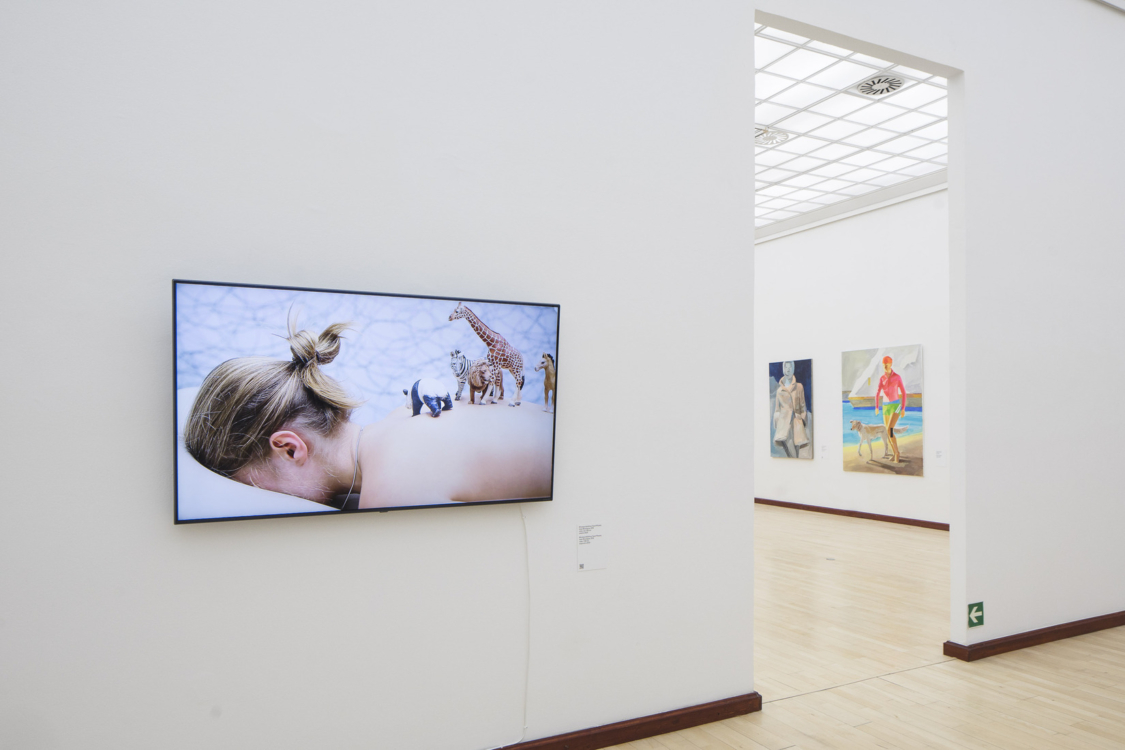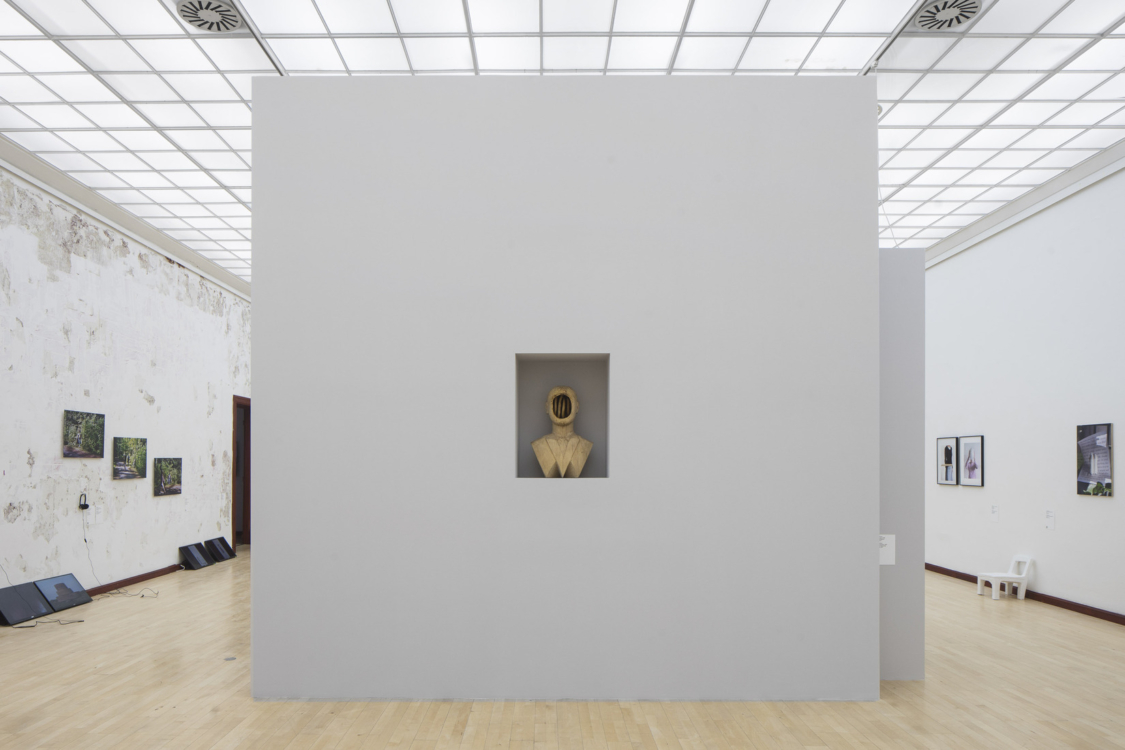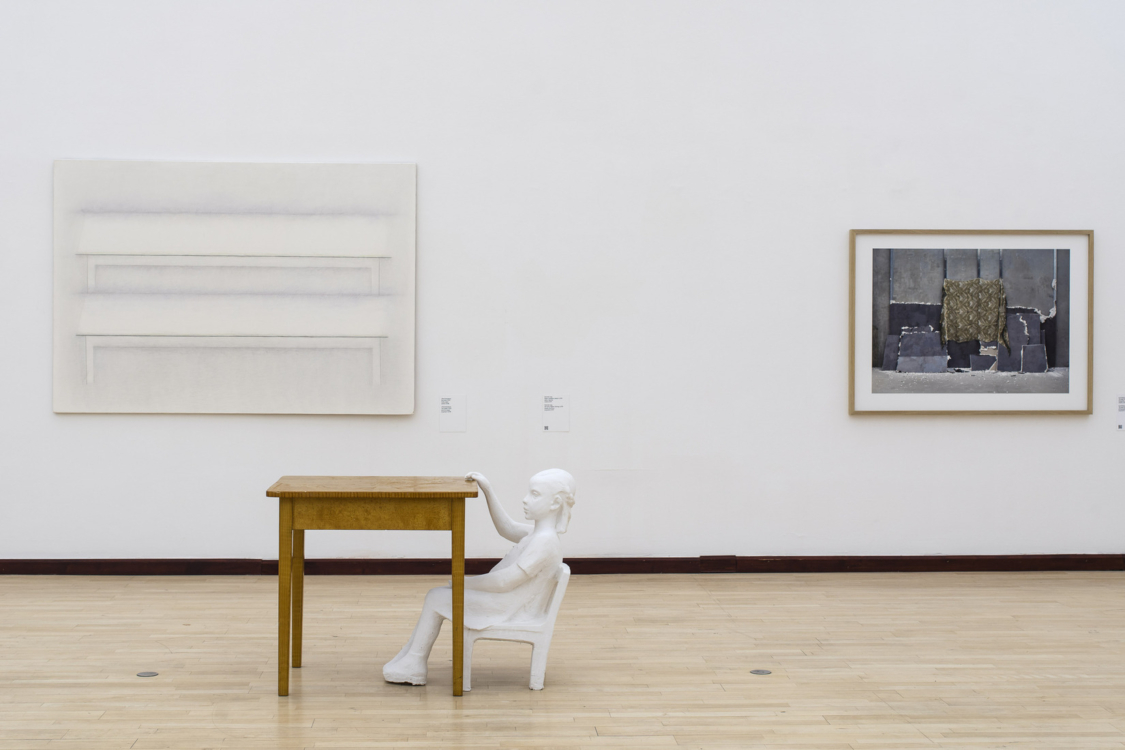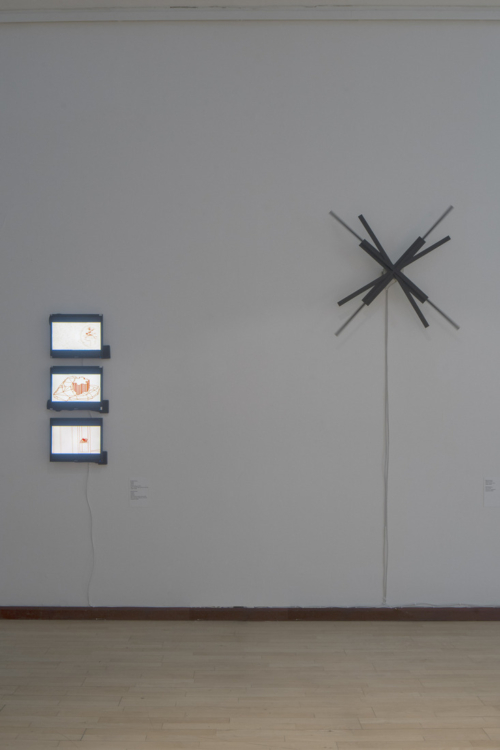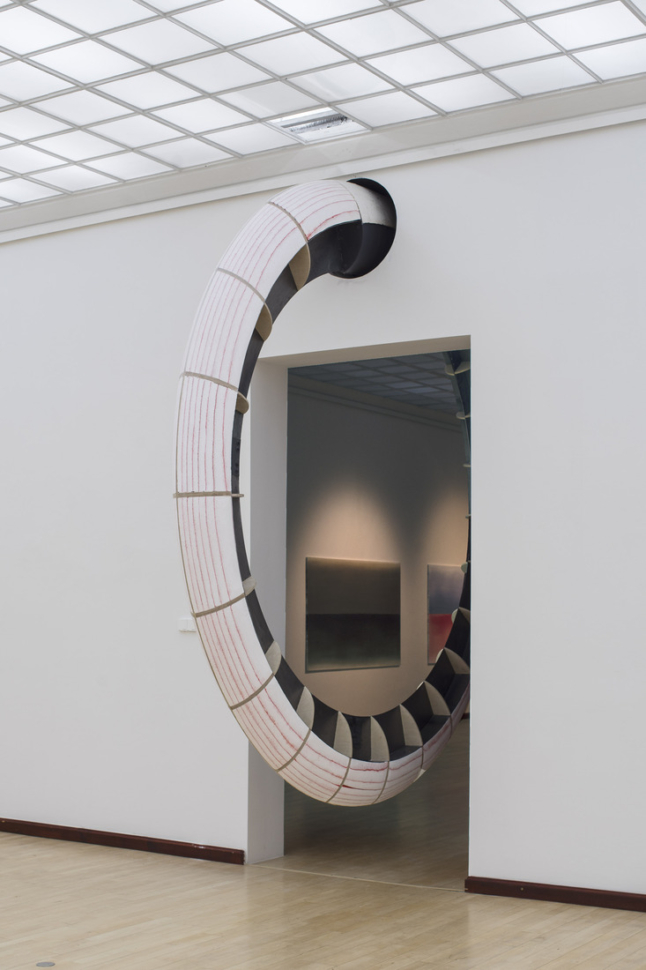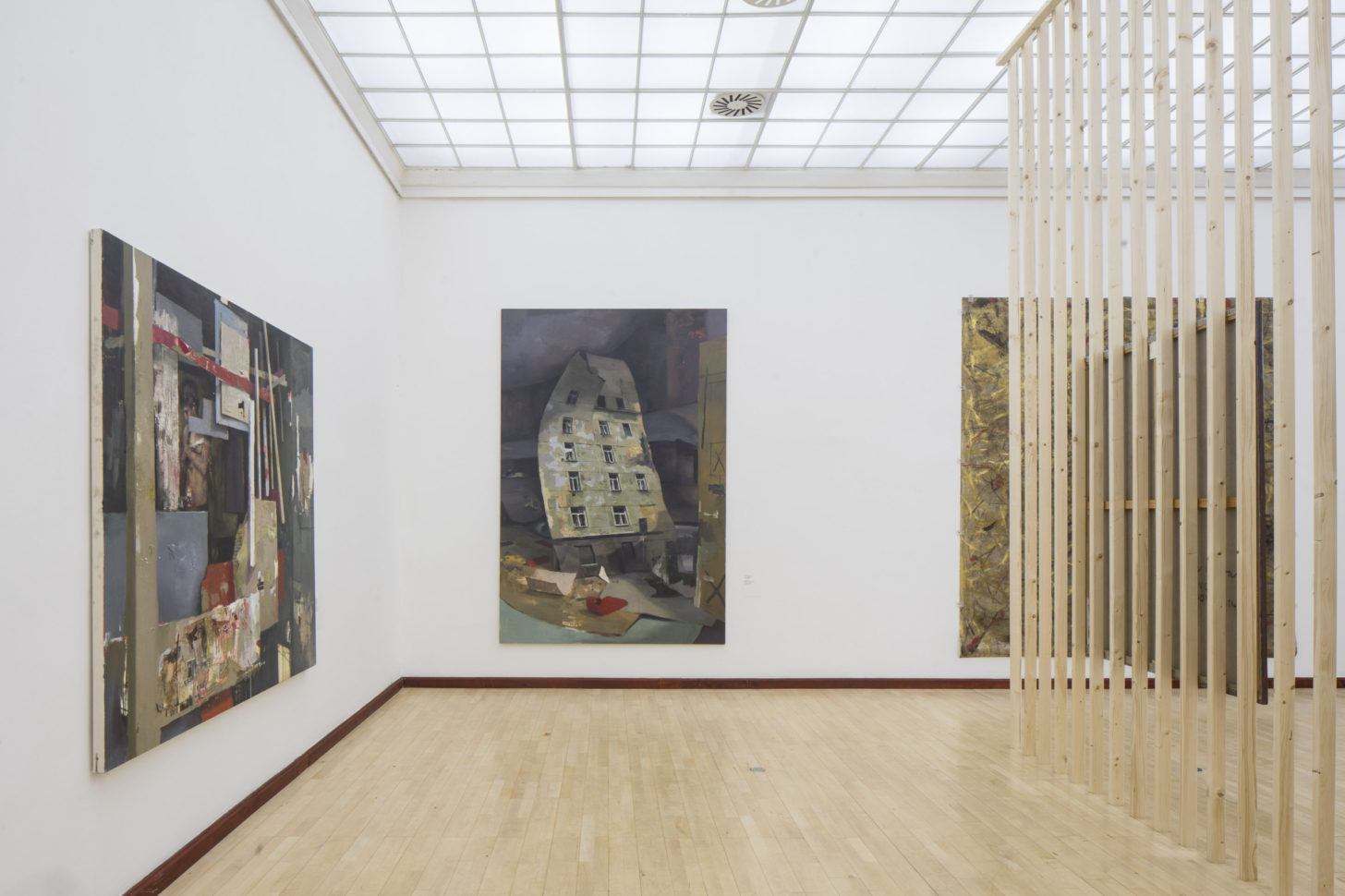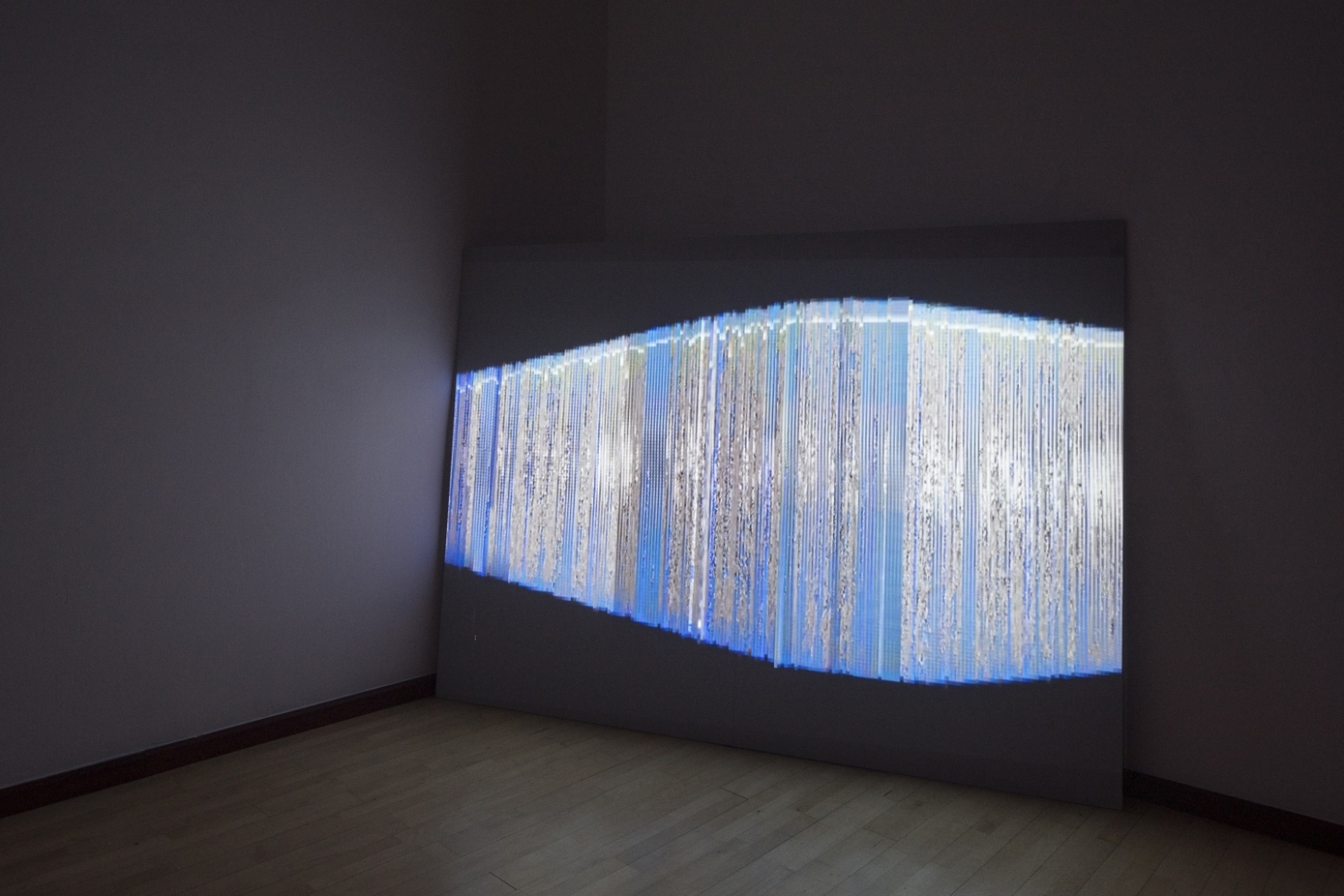Stano Filko, Alex Mlynárčik
HAPPSOC I.
What can be considered a work of art? The twentieth century has shown us that the will and vision of the artist can be decisive in this matter. The gesture of the Slovak neo-avant-gardists, Stan Filko and Alex Mlynárčík, who in 1965 declared the entire city of Bratislava a work of art, still has charm, originality and powerful questions.
The joint project of Alex Mlynárčík and Stan Filko, HAPPSOC I, is now considered a landmark not only in Czechoslovak art, but also in the avant-gardes of the countries east of the Iron Curtain. At the GHMP exhibition, we can see a contemporary documentary among the acquisitions: Mlynárčik and Filko enumerate all the things that belong to their work of art, which was to last between 2–8 May 1965 (that is, in between two bank holidays): in the statistical summary there are women, men, dogs, houses; later on in the list are water pipes, stoves, fridges, typewriters, radios, cinemas, chimneys, wine bars, trolleybuses, hospitals, cemeteries… The Danube is not left off the list; Bratislava itself, within itself, is also listed here, somewhat unsystematically.
The distributed invitations and the manifesto show that Filko and Mlynárčik wished, above all, to stir the consciousness of those who let “their artefact” come close to themselves: to open up the perception of everyday reality and offer anyone and anything from everyday life through a new prism: Let’s view everything as part of art. Mlynárčik later wrote in a letter to Jindřich Chalupecký: “Art (…) has created and should create even today a kind of shimmering over the fire (our ancestors would say; I will say a shimmering of air over a tarmac road), something that always escapes us.” It is as if it is against this eternal elusiveness that the young Mlynárčik and Filko wanted to “enclose” the entire capital city in an artistic object – and thus make it easier for their audience to put on glasses that see everything blessed with a touch of creativity, imbued with value, internally charged with the possibility of interpretation, endowed with an aesthetic, communicative, perhaps even magical function.
How many waves of updating have similar events, happenings and performances, which emerged from the specifics of the sixties or seventies, already experienced? The exhibition of new acquisitions allows us to ask this question again today.

